7 Things Teachers Can Do to Create a Safe, Calming Classroom
January 30, 2024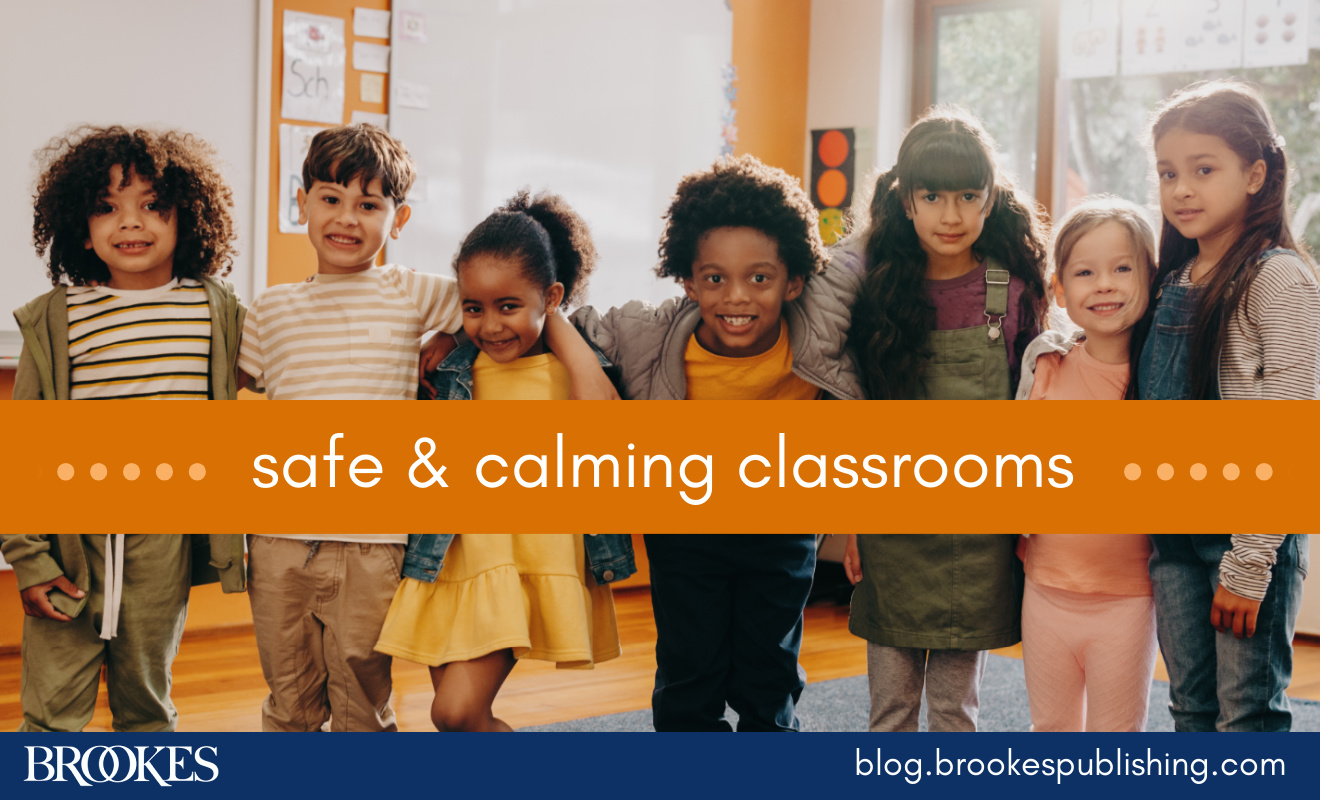
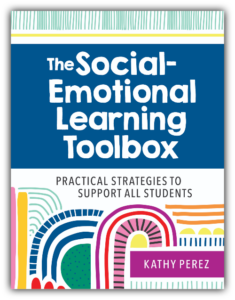 Stress, pressure, and emotional dysregulation can interfere with your students’ ability to focus and learn. Help support students by establishing a safe, calming classroom environment, using simple social-emotional learning strategies like the ones in today’s blog post. Adapted from The Social‑Emotional Learning Toolbox by Kathy Perez, these tips will help your students identify and regulate emotions, calm their minds and bodies, reduce anxious feelings, and focus their attention.
Stress, pressure, and emotional dysregulation can interfere with your students’ ability to focus and learn. Help support students by establishing a safe, calming classroom environment, using simple social-emotional learning strategies like the ones in today’s blog post. Adapted from The Social‑Emotional Learning Toolbox by Kathy Perez, these tips will help your students identify and regulate emotions, calm their minds and bodies, reduce anxious feelings, and focus their attention.
 Start the day with a singing bowl
Start the day with a singing bowl
Consider using a Tibetan singing bowl as part of your morning circle time—students listen to the gentle sound the bowl creates and take three deep breaths. Play the bowl and have students close their eyes and listen to the tone until they can’t hear it any longer. When they can no longer hear it, they can raise their hands in the air one at a time. This patterned activity works with the body’s rhythms and is calming to the nervous system as the sound reverberates through the air.
Put up a word wall on feelings
Lots of teachers use word walls to promote students’ literacy skills. You can help bring emotions and feelings to life by creating a different kind of word wall that helps your students accurately name the emotions they are feeling. Include a plethora of possibilities: aggravated, enthusiastic, panicked, goofy, shocked, grouchy, hopeful, ashamed, inspired. This gets them beyond simple answers to “How are you feeling today?” like mad, sad, glad, or bad.

Share your own feelings with students
Teachers get rattled too—when the copier jams, the faculty meeting goes too long, or you’re getting ready for report card time. Share your emotions as they occur throughout the day. It’s reassuring to students to know that you are not “superhuman.” When you share your emotions with the students, it helps them understand the connection between feelings and behavior.
Emotions are contagious, too! When a teacher can model a calm presence through voice, facial expression, and even posture, students are less likely to react defensively. And when a teacher takes time to focus on what feelings might be causing the behavior of the student who is acting out, this type of validation says to the child that the teacher understands and cares. Don’t forget to show them how you take a deep breath, or get a drink of water, and create space for reflection for a minute or two. In this way, you are modeling the regulation skills you want to see from your students. (Keep in mind that you need to use your own best judgment regarding which emotions to share. After all, what better model of emotional regulation is there?)
Create a “cool-down corner”
A cool-down corner is a designated space in the classroom where kids can go to take a break and regulate their emotions when they are upset, angry, or having difficulty focusing on work. Instead of a “time-out” corner, make it a cozy, comfortable corner to which students can voluntarily retreat when they need a brief break from the stresses of class so they can reset and then be ready to work. Here are some tips:
- Talk to students about the purpose of the cool-down corner and what it should look and sound like.
- Select an area in the classroom that is easily accessible and that they can go to without disturbing other students.
- Introduce and share the cool-down corner with your students before allowing students to use the space.
- Include items such as pillows, a bean bag chair, fidget items, stress balls, glitter jars, children’s books about feelings, and “happy” posters. Provide choices for students because their individual needs are unique.
- Keep it to one student at a time and have a time limit (5 minutes or use a sand timer that students can start when they begin their calm-down strategy).
- Remind students often that this is NOT a time-out corner or a form of punishment.
 Practice mindful breathing with a pinwheel
Practice mindful breathing with a pinwheel
Many children succeed with mindful breathing exercises when they are able to engage with something visual and/or hands-on. Providing each child with a pinwheel on which to focus while practicing breathing exercises keeps them engaged and aware. They can blow on the pinwheel and take deep breaths until the pinwheel comes to a stop. Consider using this activity to settle the students down after lunch or recess.
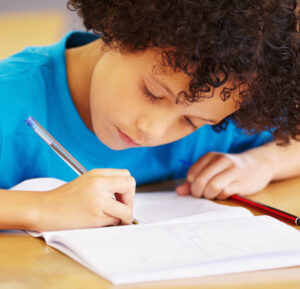 Have students keep gratitude journals
Have students keep gratitude journals
Nurturing gratitude has benefits for adults and students alike. Consider dedicating a block of time each day to writing positive thoughts in a gratitude journal. Ask students to write down at least one thing they are thankful for every day and/or draw a picture of it. When students become overwhelmed by negative thoughts or anxiety, encourage them to read their journals to affirm the positive things in their lives and redirect their thoughts and feelings. Here are some sample prompts to get them started:
- Something beautiful I am thankful for . . .
- An event I am thankful for . . .
- A skill I am thankful for . . .
- Something outside I am thankful for . . .
- Something inside I am thankful for . . .
- A friend I am thankful for . . .
- Something fun I am thankful for . . .
Check in with a “feeling barometer”
Don’t forget the importance of checking in throughout the day with your students to do a “regulation check.” Support student sharing if they have lingering emotions that an activity at school or an event at home might have caused. Consider giving your students a “moment of mindfulness”—it doesn’t take long to press the pause button and encourage students to spend a minute to do some quiet breathing to clear the mind. You can also use a brain break, such as a quick yoga move, a doodle break, or rock-paper-scissors, to help them burn off some energy and anxiety. (See The Social‑Emotional Learning Toolbox for a list of dozens of brain breaks recommended by the author.)
Try these ideas with your students to help them manage challenging feelings and support their readiness for learning. And for a complete guide to getting started with social-emotional learning (SEL) and making the most of teachable moments each day, get the book behind today’s post!

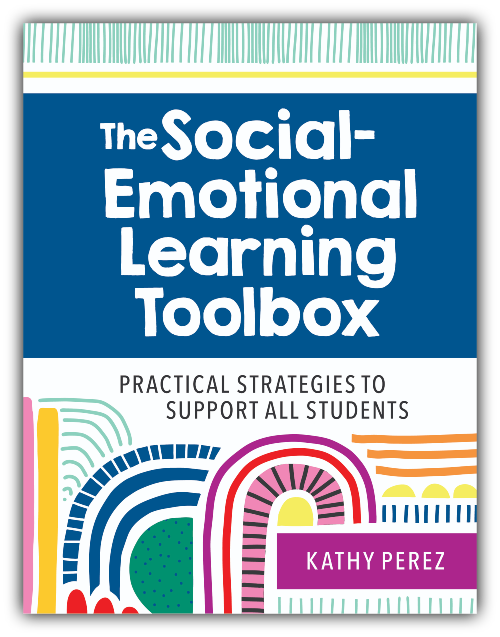
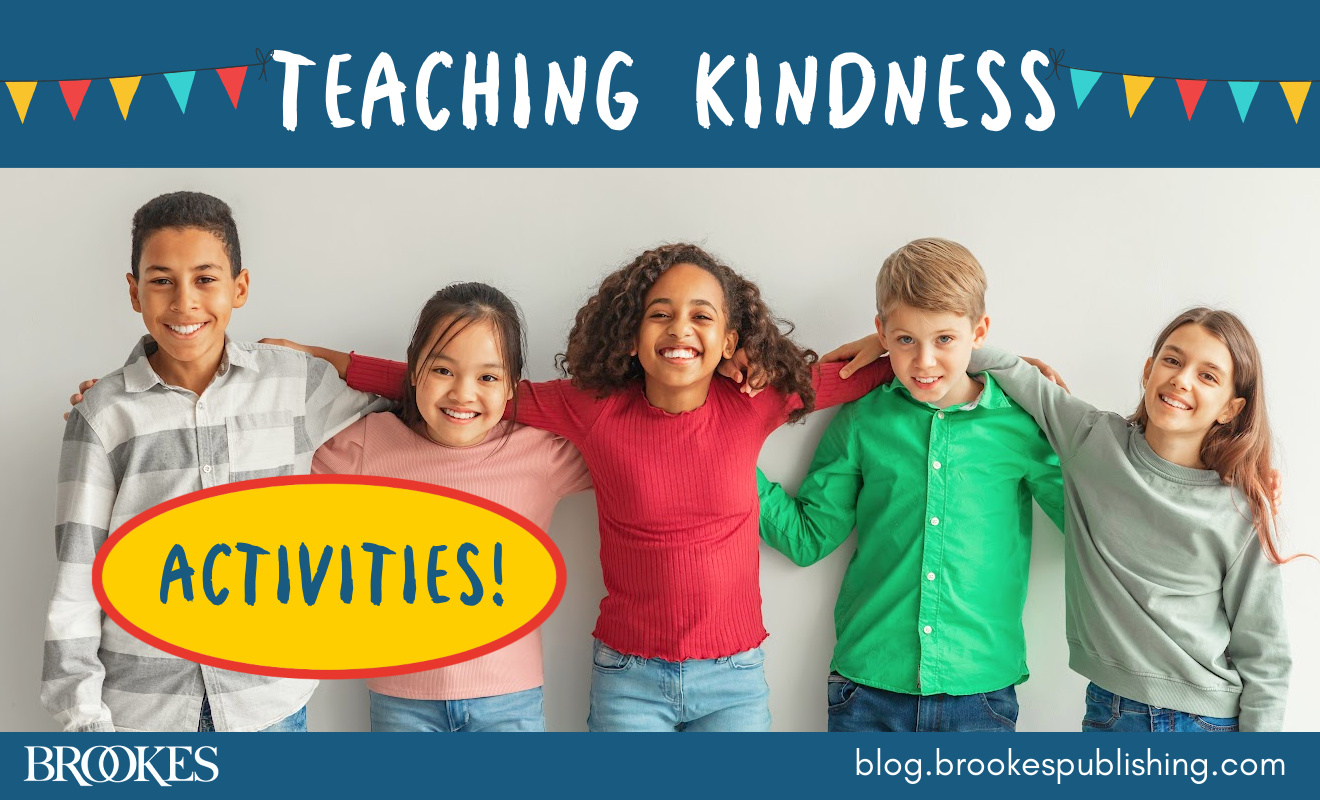

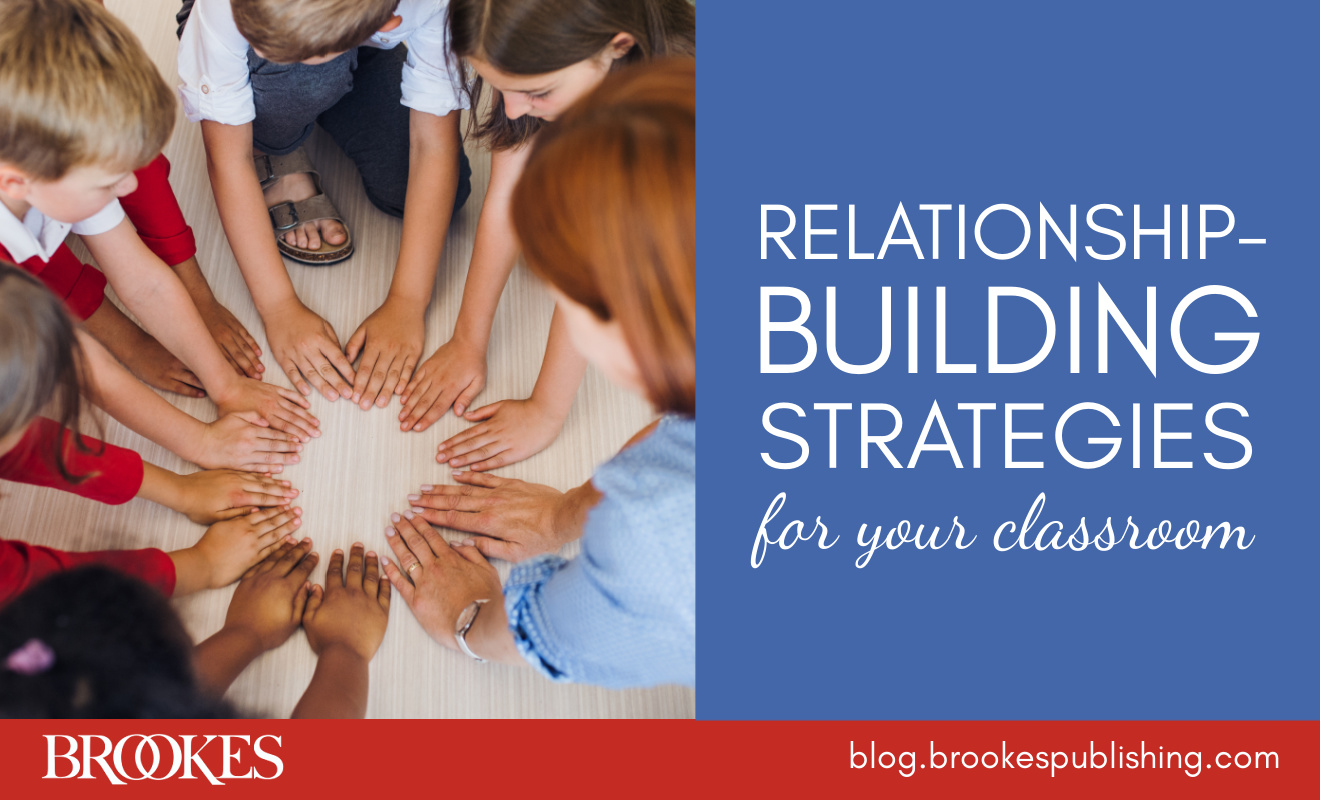
Write a Comment
Your email address will not be published. Required fields are marked *
Post a Comment